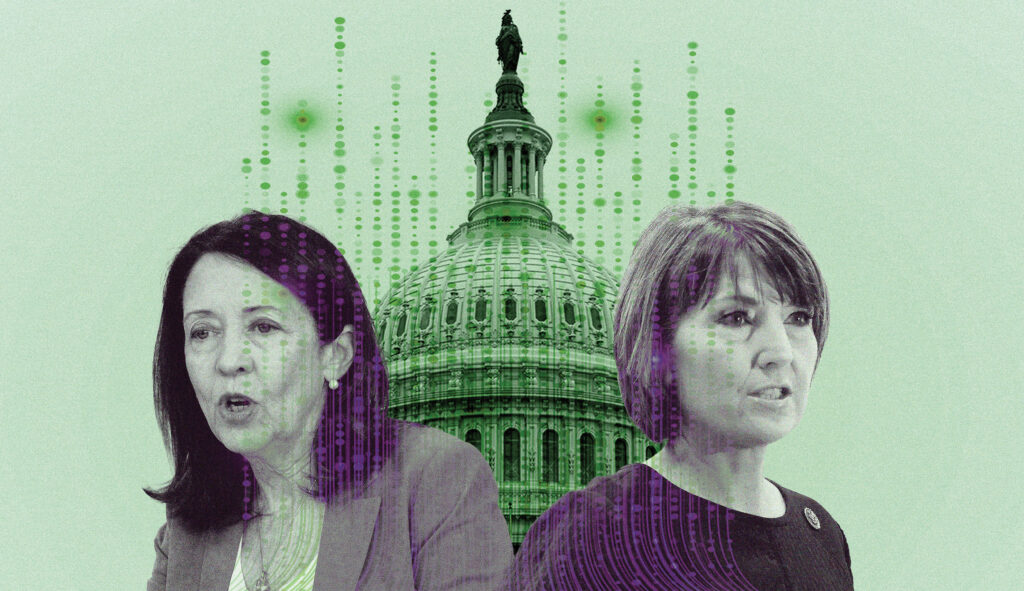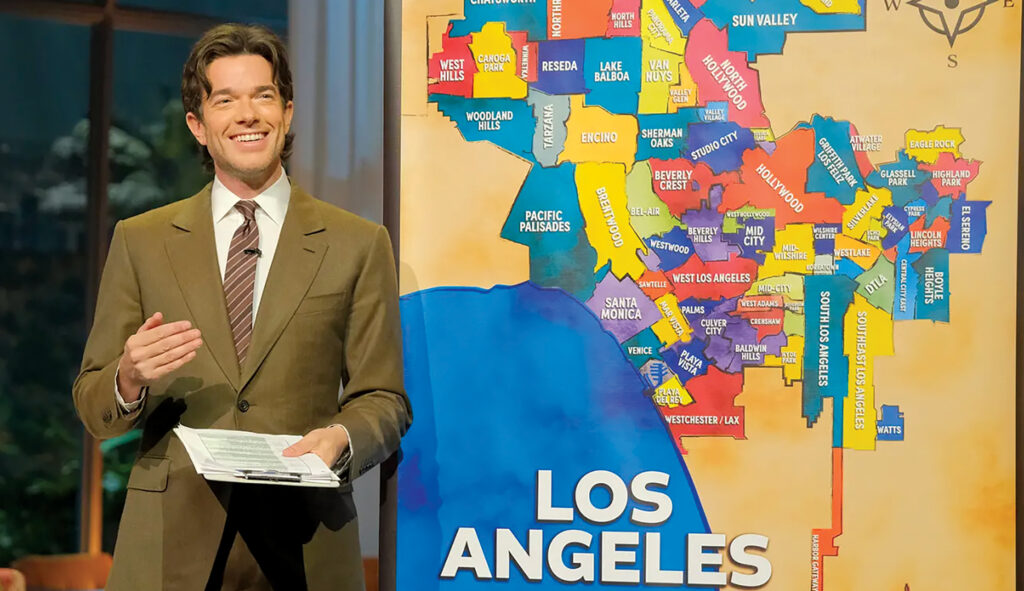How Can Blue States Embrace School Choice?
Last week, the president of the Chicago Teachers Union revealed she is sending her child to a private school despite previously opposing school choice efforts.
All nine states that have passed universal school choice are Republican leaning, which is to say that their local teacher unions lacked sufficient influence to keep the reform from being enacted. So the question naturally arises, what will it take, beyond the familiar academic arguments, for so-called “purple” and “blue” states to finally adopt something like school choice?
According to the most recent polling from RealClear Opinion Research, school choice enjoys overwhelming public support, with 71 percent of respondents favoring it and only 13 percent opposing it. The findings cut across party lines, with 66 percent of Democrats, 80 percent of Republicans, and 69 percent of independents saying they would like this kind of policy in their own communities.
In search of the answer, One Chance Illinois, the Children’s Scholarship Fund, the California Policy Center, and other school reform groups (including my own) sponsored a series of meetings at the recent State Policy Network annual meeting in Chicago. The idea was to bring together education leaders from around the U.S. to identify those aspects of school choice that might motivate a historically left-leaning state to embrace what, rightly or wrongly, has come to be viewed as a conservative program.
Economic Reasons for School Choice
One possible tipping point, many speakers agreed, is the growing recognition of how school choice can help revive many of America’s older industrial cities — places like Syracuse, New York; Rockford, Illinois; and Waterbury, Connecticut. Citing research by North Carolina State University Professor Bartley Danielsen, they argued that the biggest thing preventing many entrepreneurs and young professionals from repopulating such areas is a natural reluctance to put their children in local public schools.
As Steve Looney, a trustee of New Jersey’s Excellent Education for Everyone, put it, “Charter schools, magnet schools, private school scholarships, and other educational options can clearly bring families and opportunity back to decaying neighborhoods.” Case in point: the city of Santa Ana, California, which prior to 2000 was one of the least prosperous communities in Orange County. But thanks to the establishment of a local charter school, the community quickly reversed its population decline, encouraged new businesses to open, and dramatically reduced the crime rate.
Another economic argument for school choice was made by Dr. Martin Lueken, director of fiscal research for the EdChoice Foundation. Noting that the per pupil funding in school choice programs tends to be a fraction of what it costs to educate the average public-school student, he said that subsidizing nonpublic schooling for even a small percentage of families could save America’s blue states billions of dollars every year.
Drawing on a 2021 study he did for the Manhattan Institute, Lueken showed how much New York state could save by letting a mere 1 percent of its students leave their districts with a $6,500 budget for alternative schooling: over a quarter-billion annually. And if 10 percent of the Empire State’s K-12 children took advantage of the same offer, the savings jumped to nearly $3 billion a year.
Benefits to Society
A very different blue-state case for school choice was made by Jennifer Stefano, executive vice president of Pennsylvania’s Commonwealth Foundation, who argued that many on the political left can be shown how neatly it complements their own commitment to social justice. Pennsylvania’s governor, Democrat Josh Shapiro, has already agreed to a pending bill that would award private school scholarships of between $5,000 and $10,000 to students from low-income families. A politically diverse coalition of more than 65 individuals and organizations has endorsed the legislation.
Of all the reasons given for why even blue states might adopt school choice, perhaps the most novel was offered by Kerry McDonald, senior education fellow at the Foundation for Economic Freedom. “In many of these states,” she argued, “the public’s sympathy for something like it is far more advanced than their local politicians realize.”
McDonald went on to explain that many of the parents who reacted to the pandemic closing of public schools by joining with neighbors to homeschool their own children — starting so-called “micro-schools” — have continued the practice. There are now an estimated 120,000 parent-run micro-schools in the U.S., collectively educating 1.5 million students.
Ironically, many of the blue legislatures most opposed to school choice, including those in Connecticut and New Jersey, have facilitated this micro-school explosion with some of the most liberal homeschooling regulations in the country. Very blue Maryland even allows ministers, rabbis, and imams to substitute for state regulators in the oversight of homeschool families.
At the same time, McDonald observed, many of the parents who were homeschooling even before Covid, especially conservative Christians with large numbers of children, are rethinking their traditional reluctance to lobby the state over education policy. A much larger segment of the blue-state public is ready to support politicians who favor school choice than generally supposed, she believes.
There is growing recognition of how school choice can revive depressed cities, reduce state budget deficits, advance social justice, and satisfy the hidden demand for more schooling options. These developments may finally persuade blue-state policymakers to subsidize a market in K-12 education.
The tipping point could come much sooner than anyone would have dared predict just a few years ago.
" Conservative News Daily does not always share or support the views and opinions expressed here; they are just those of the writer."





